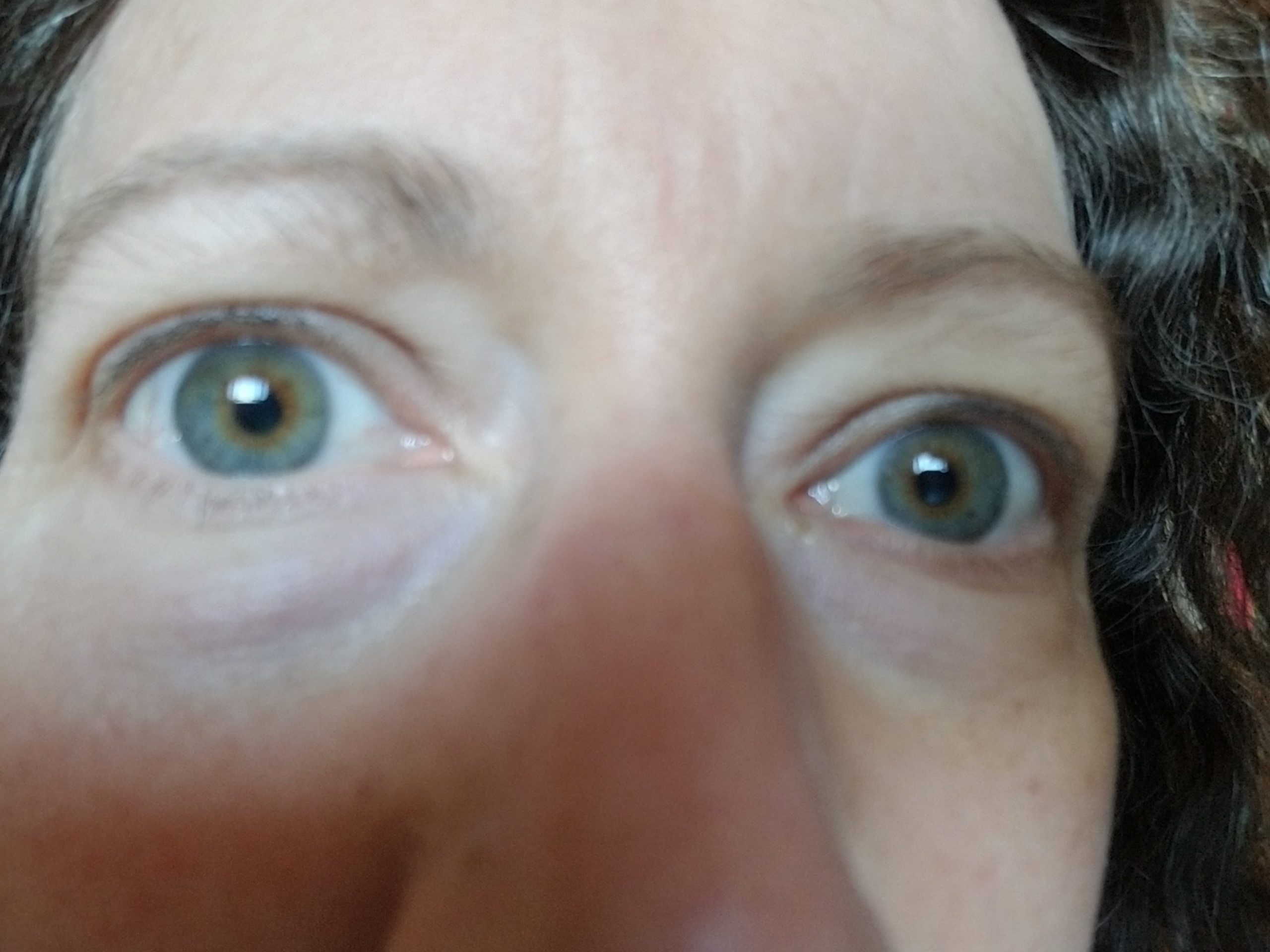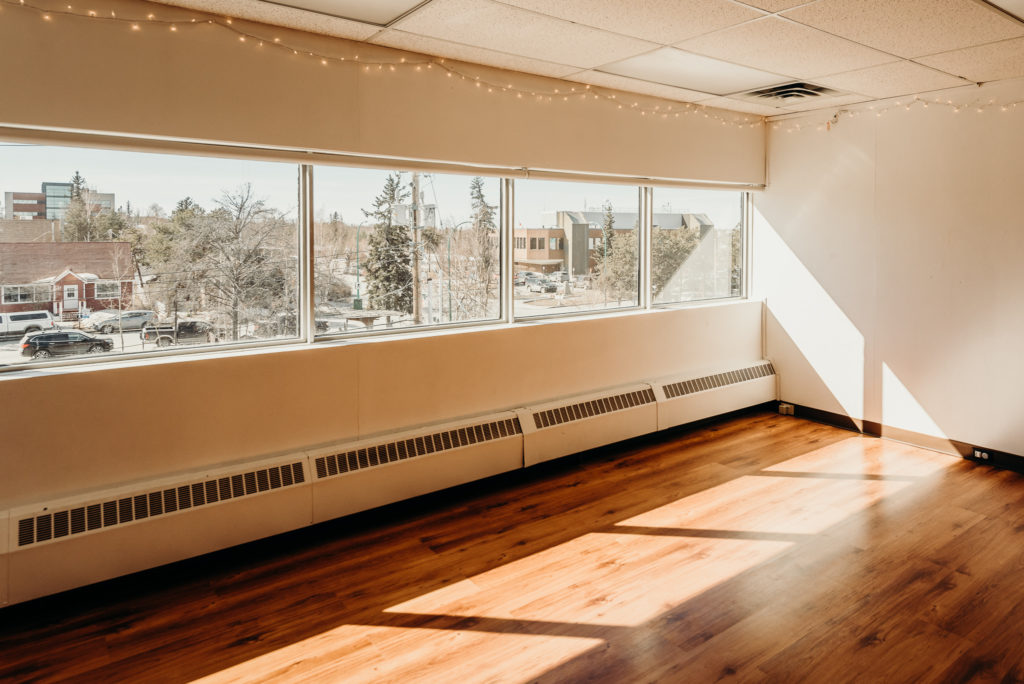In these times of social distancing many of us are spending even more time on screens than we were before. Now in-person meetings, coffee break socials, book clubs, and fitness classes have moved to screens. I’ve been hearing from many people that are feeling screen fatigue. So I thought I’d write a little blog on the eyes and what you can do for yours.
Myopia, or near-sightedness, has been on the rise for some time. “Myopia prevalence has approximately doubled in the past three decades, and it is estimated that 49.8% of the world population will develop the condition with 9.8% having severe myopia by the year 2050.” (Ref, Ref) While scientists are still figuring out all the contributing factors to myopia (which involves an axial elongation of the eye) and several theories exist, we do know that dramatic increases in myopia have occurred since humans started doing more close work – historically this was reading and in modern times also includes screens.
Humans and other animals evolved to mostly look at things far away with only a small amount of time each day to do close work. Evolution tends to favour adaptations that require less work for our muscles because muscle work requires energy and food was historically scarce. The ciliary muscle in the eye contracts (does work) to look at things up close and relaxes to look at things far away – this makes sense when you consider evolution and how humans lived for the majority of our history. The problem is that now we tend to mostly look at things up close and seldom look at things far away. Our ciliary muscles in our eyes must contract to accommodate this close work. (Ref)
Studies have shown that children who spend more time outside have lower incidence of myopia, independent of how much close work they do and genetics (if their parents are myopic). (Ref, Ref) Near-sighted children were reported to spend on average 3.7hours/week less time outdoors than farsighted children or children with normal vision. For each additional hour spent outdoors per week incidence of nearsightedness dropped by 2%. As well, nearsighted children given an intervention of 14 hours outdoors time per week also saw their nearsightedness reduced. (Ref)
While the exact mechanism by which time outdoors contributes to reduced myopia in children has not been agreed upon, when you consider the evolution of our eyes as well as all the other mental health benefits and therapeutic effects of time spent outside, is it any wonder that time outside is a good thing for our eyes?
In addition to the increasing prevalence of myopia people also report eye strain when looking at screens for a long time. This can be partly due to the contraction of the ciliary muscles but also from dry eye (we blink less when looking at screens).
So back to our current reality and covid-19 moving us from too-much screen time to really-really-really-too-much screen time, what simple things can we do?
I recently heard on CBC about the 20-20-20 rule. The idea is that every 20 minutes of screen time you take a 20 second break to look at something 20 feet away. That seems easy enough right?
And when you have time for a longer break, why not get outside and go for a walk? Most of us already know how outdoor time and time spent in nature benefit our mental and physical well-being but you may never have considered the benefits to your eyes.
My biomechanics teacher Katy Bowman, who has written books about the positive effects of natural movement, has been speaking about the benefits of outdoor time and looking at things far away on eye health for a long time. When our family spends time outdoors, we play a little game of looking around for the most distant view and then we spend time trying to focus on those far away trees or buildings. Give this game a try – while evidence supporting adult outdoor time reducing myopia is lacking, it at least gives those ciliary muscles a rest and allows them to relax a little.
Finally, while covid conditions mean we can’t avoid the conversion of in-person meetings and events to zoom on the computer, we do have some control over the amount of time we spend on our smartphone screens. I recently took Facebook, Facebook Messenger, and both my work and personal email apps off my phone and I can report two things I’ve noticed:
- I’m using my smartphone screen WAY less.
- I’m also not mindlessly checking social media and email as much since I don’t have it available at my fingertips.
This second observation has an added benefit as it contributes a surprising amount to my ability to focus and use my time more efficiently – something many parents working from home with kids also home might appreciate now more than ever.
In summary, practicing the 20-20-20 rule, getting outside as much as you can, looking at things far away (both out your window while working and on the horizon when outside), and doing what you can to mitigate how much you use your smartphone screen are things you can do to benefit your eye health right now.
Yoga and exercise classes taken online don’t represent close-up screen work like your other work-related screen tasks, but overall screen fatigue and a decreased amount of time spent outside is a real thing. And while you will be seeing more online classes from me going forward, I won’t be offended if you decide to go for a walk instead.
P.S. I don’t recommend trying to take a selfie of your own eyes. Marc loves how this image features my schnoz.



